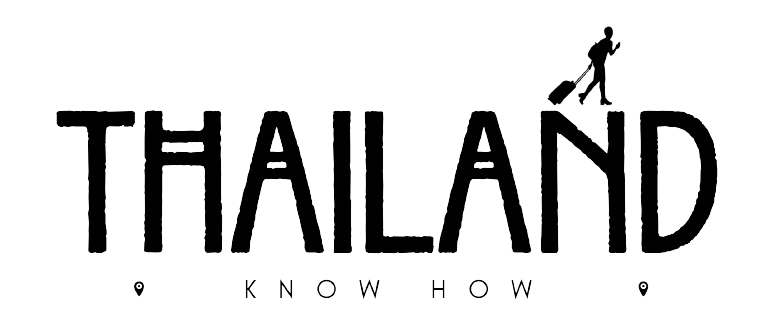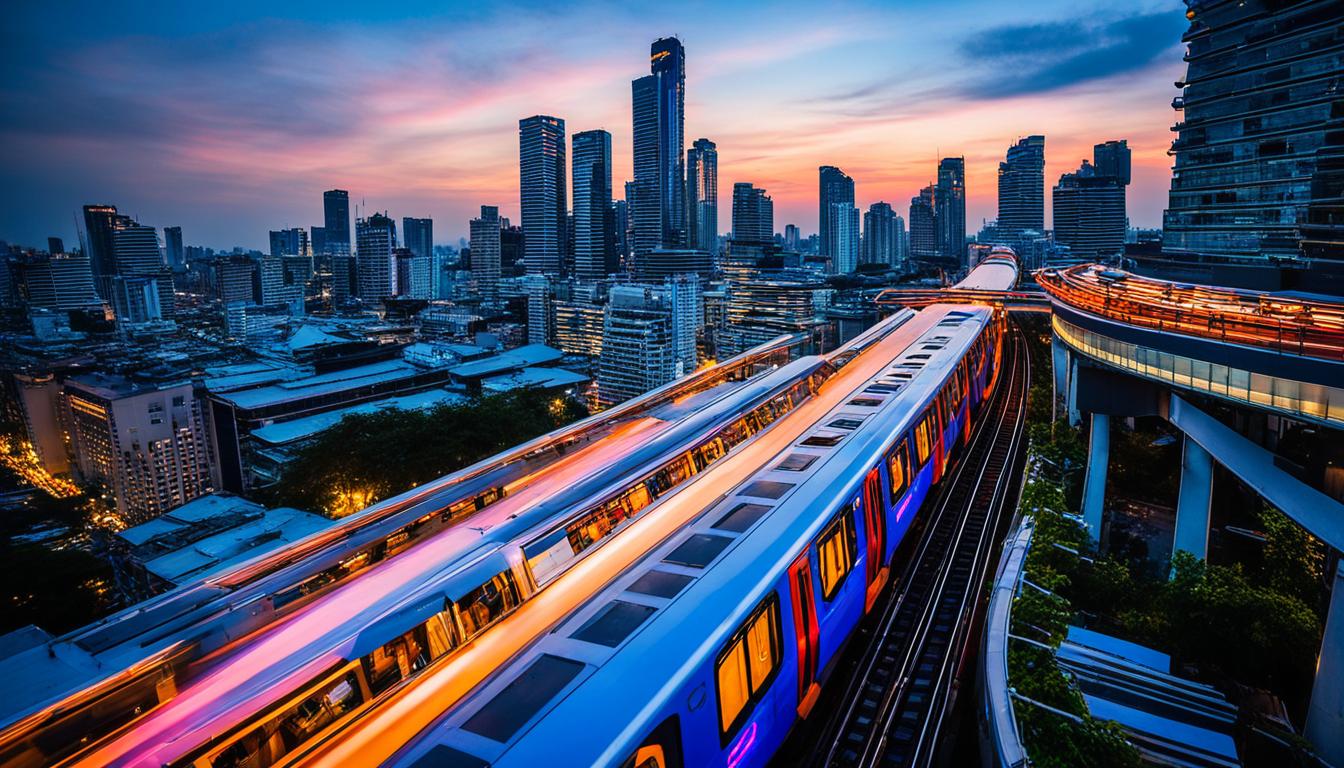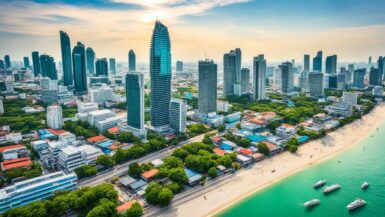Explore Bangkok with ease using the BTS Skytrain. Discover routes, schedules, and ticket prices for a smooth journey through Thailand’s vibrant capital.
Shockingly, Bangkok’s BTS Skytrain transports over 700,000 passengers every day, a testament to its essential role in the city’s public transportation system. Operational since 1999, the BTS Skytrain is not just a means of transportation but also a showcase of Bangkok’s forward-thinking urban planning. By facilitating a quicker and more convenient commute across the city, the BTS Skytrain significantly reduces travel times and costs for locals and tourists alike. Serving major city hotspots through Sukhumvit and Silom lines, it acts as a life-saving antidote to Bangkok’s infamous traffic congestion. It seamlessly integrates the luxury of air-conditioned carriages and panoramic views from elevated tracks with affordable ticket prices. As your BTS travel guide in Bangkok, we’re here to unravel the intricacies of the Bangkok metro system and ensure you traverse the city like a seasoned local.
Key Takeaways
- The BTS Bangkok Skytrain started operations in 1999 and serves as a key component of Bangkok’s public transportation system.
- Comprising the Sukhumvit and Silom lines, the BTS Skytrain network covers most visited areas, helping you avoid traffic congestion and add a charm to traveling in Bangkok by Skytrain.
- Its air-conditioned carriages make commuting comfortable, while the elevated tracks offer breathtaking views of the city.
- The central point for interchange between the two lines is Siam Station.
- The BTS Skytrain ticket prices offer commendable value, ranging from 16 to 59 Thai baht, making it an affordable choice for all.
An Overview of the BTS Skytrain System
One can’t overstate the impact the launch of the BTS Skytrain had on Bangkok’s transportation ecosystem. Revolutionizing travel in the bustling metropolitan, it helped transform the city landscape, providing an effective solution to combat the notorious traffic.
Introduction to Bangkok’s Premier Transit Option
With the Sukhumvit and Silom lines in operation, the BTS Skytrain has notably simplified commutes, from broadening residential choices to making significant attractions more accessible. These developments have led to the Skytrain’s firmly established status as a premier transit option in the city.
Expansion and Growth: Future of the BTS
Starting from a limited coverage initially, the BTS network is consistently expanding. Not resting on its laurels, there are ambitious plans to extend the network further. The upcoming roadmap for 2029 envisages a robust system comprising 13 lines. This will include advancements of not just the Skytrain, but the MRT, monorail, and the Airport Rail Link.
Sukhumvit and Silom: The Two Lines Explained
The two critical components of the BTS Skytrain system are the Sukhumvit and Silom lines. The Sukhumvit line, connecting Mo Chit to Samrong, runs through some of the city’s busiest districts. On the other hand, the Silom line takes passengers from National Stadium to Bang Wa, serving essential business and residential areas.
| Sukhumvit BTS stations | Silom BTS stations |
|---|---|
| Mo Chit | National Stadium |
| Samrong | Bang Wa |
Riding either of these lines, one won’t be far from prominent attractions, shopping districts, or interchange opportunities with the Bangkok MRT. The integration of the BTS within the broader Bangkok transit network, combined with future development plans, reinforces its place as a vital transportation option catering to both residents and visitors.
Understanding the BTS Skytrain Routes and Connectivity
Essential to Bangkok’s connectivity, the BTS Skytrain spans across the region with 35 stations on the illustrious Sukhumvit and Silom lines. These stations interweave the very fabric of Bangkok, linking key city districts, bustling markets, sprawling malls, swift river connections, and even quieter, niche tourist attractions.
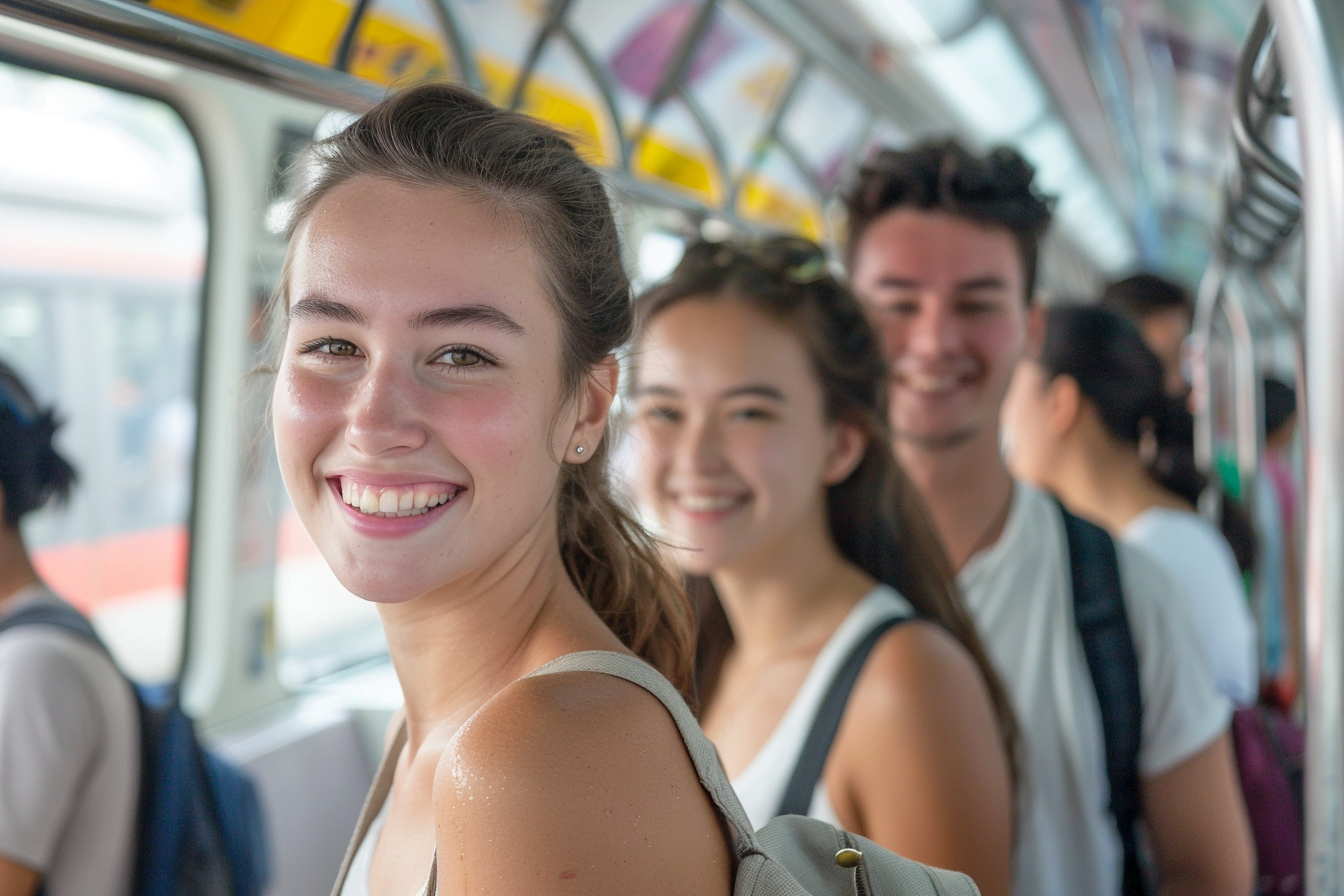
Each station serves as a unique key to unlock the countless experiences Bangkok has to offer. For instance, the Mo Chit station lies adjacent to the multi-faceted Chatuchak Market, known for its myriad stalls. The Siam Station is every shopping enthusiast’s paradise with a range of malls at an arm’s distance. The Saphan Taksin station serves as your doorway to the enchanting river networks of Bangkok, while the Asok station is an interchange hub that widens your transportation options with MRT connectivity.
Beyond these key BTS stations in Bangkok, the entire BTS network ties in seamlessly with other public transportation systems. The integration stretches to the MRT subway at Asok, Sala Daeng, and Mo Chit stations, and even the BRT bus service at Chong Nonsi. This network synergy ensures you’re just a train away from experiencing the best of Bangkok.
| Station | Connectivity | Attractions |
|---|---|---|
| Mo Chit | BTS network, Bus service | Chatuchak Market |
| Siam Station | BTS network | Siam Paragon, Central World |
| Saphan Taksin | BTS network, River boats | River cruises, Asiatique |
| Asok | BTS network, MRT subway | Sukhumvit business district, Shopping malls |
A pleasant transit experience isn’t only about the destination but also the journey. Knowledge of BTS routes in Bangkok and schedules not only helps you plan your journey but also allows you to appreciate the marvels of this efficient transit system. Navigate these corridors of connectivity and explore the city in a heartbeat.
Riding the BTS: Ticketing and Pricing
For anyone exploring Bangkok, one essential consideration must be how to navigate the city’s renowned BTS Skytrain. A primary aspect of this is understanding the BTS ticket prices and the various options available, ensuring a satisfying transit experience that doesn’t break your budget.
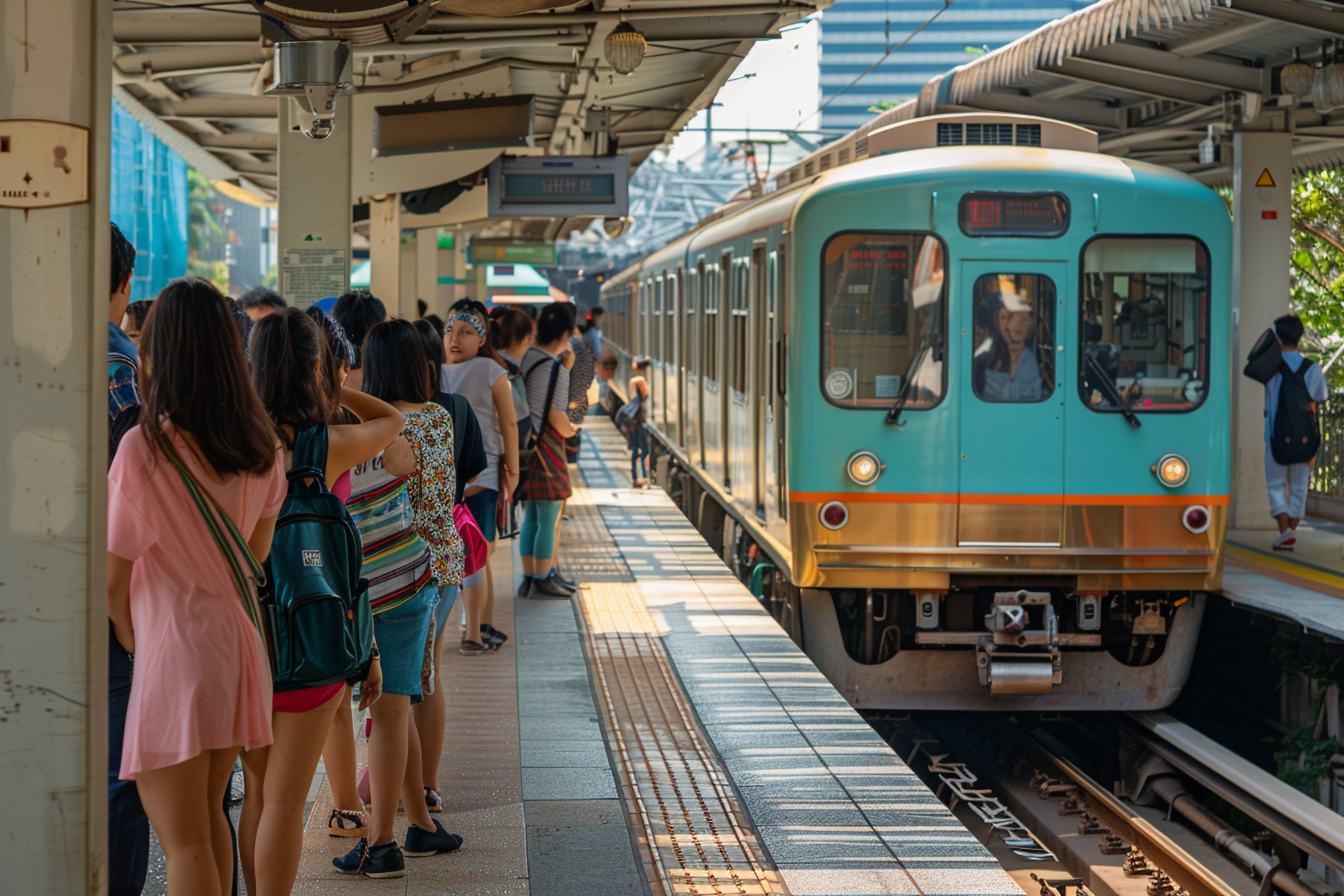
Let’s start with the basics. A single-journey ticket can cost anything from 16 to 59 baht depending on your destination. These tickets are available from automated vending machines that accept only coins for payment. For frequent riders or those who plan to get the most out of the Bangkok BTS operating hours by hopping on and off on a busy day, a Rabbit card or one-day pass may be the way to go.
| Ticket Type | Cost | Description |
|---|---|---|
| Single-Journey Ticket | 16 – 59 baht | Based on the distance to your destination. Available from vending machines that accept coins. |
| One-Day Pass | 140 baht | Unlimited rides for a day. Ideal for exploring the city. |
| Rabbit Card | 100 baht (deposit) | A re-loadable card for multiple journeys, offering convenience and discounts for students and the elderly* |
*Please note, only Thai citizens are eligible for the elderly discount on the BTS
In addition to these, keep a watch for bts promotions in Bangkok which include offers on student cards, group travel, and more.
Whether it’s a quick ride from Siam to Sukhumvit, or a full day of city exploration, understanding the BTS ticketing system and the various promotions ensures that the bustling city of Bangkok is yours to explore, easily and economically.
So, next time you’re in Bangkok and ready to hop on the BTS, remember these ticket options to choose the one that best fits your travel plans and budget. Happy journeys!
Navigating Stations and Making Transfers
Travelling in Bangkok via the BTS Skytrain requires a certain level of understanding and familiarity with the stations and transfer procedures. Getting your bearings right and knowing how to navigate through the BTS stations in Bangkok can significantly enhance your transit experience.
Tips for Seamless Station Navigation
Most BTS stations feature ticketing booths, coin exchange counters, and advanced ticket machines that can accept notes. Also, remember that some operational parts of the BTS necessitate multiple ticket purchases or top-ups on Rabbit cards. Be sure to pay attention to these details as you make your way through the BTS stations in Bangkok. And of course, keep an eye on the last train schedules, ensuring that you don’t miss out.
The Ins and Outs of Interchanging Lines
Key interchanges like Siam, for BTS line transfers, and Asok, for connecting with the MRT, play vital roles in facilitating smooth travel across bustling Bangkok. Transfers between various modes of public transportation, from the MRT subway to riverboats and the BTS Skytrain, are straightforward at these specified stations. But remember, even as you enjoy the connectivity and convenience, it’s essential to follow basic etiquette such as refraining from eating or drinking on the train to maintain cleanliness. A quick look at a BTS map of Bangkok can greatly assist you with station navigation and transfer procedures, making your time on the BTS a breeze.
FAQ
What is the Bangkok BTS Skytrain?
The BTS Skytrain is a crucial component of Bangkok’s public transportation infrastructure. Since its launch in 1999, it has provided a convenient solution to navigate the city, significantly easing traffic congestion and offering connectivity across the city’s important districts via its Sukhumvit and Silom lines.
How do the Sukhumvit and Silom Lines operate?
The Sukhumvit line connects Mo Chit to Samrong while the Silom line runs from the National Stadium to Bang Wa. The central point of interchange for the two lines is at Siam Station, which is critical for transfers. These lines help simplify your travel around Bangkok by connecting to major city districts and attractions.
Can you tell me more about the BTS Skytrain routes and connectivity?
Alongside the Sukhumvit and Silom lines, the BTS Skytrain has 35 stations that link key parts of the city and popular tourist attractions. Interchange opportunities with other public transportation systems like the MRT subway and the BRT bus service are available at strategic points across the network.
How do the BTS ticket prices work?
The BTS provides multiple ticketing options to accommodate different needs. It offers single tickets, one-day passes, and Rabbit cards for frequent travelers. Single journey prices start at 16 baht, with the cost increasing based on the distance. The one-day pass offers unlimited rides at 140 baht. Additionally, there are student and elderly discounts available on the Rabbit cards.
What are the key tips for navigating stations and making transfers on the BTS Skytrain?
Familiarizing yourself with the BTS station facilities and transfer procedures is the first step to ensure smooth travel across Bangkok. Important BTS interchanges like Siam for BTS line transfers and Asok for MRT connectivity play a significant role in efficient travel. Remember to note the last train schedules and station rules, such as no eating or drinking, to keep the trains clean.

